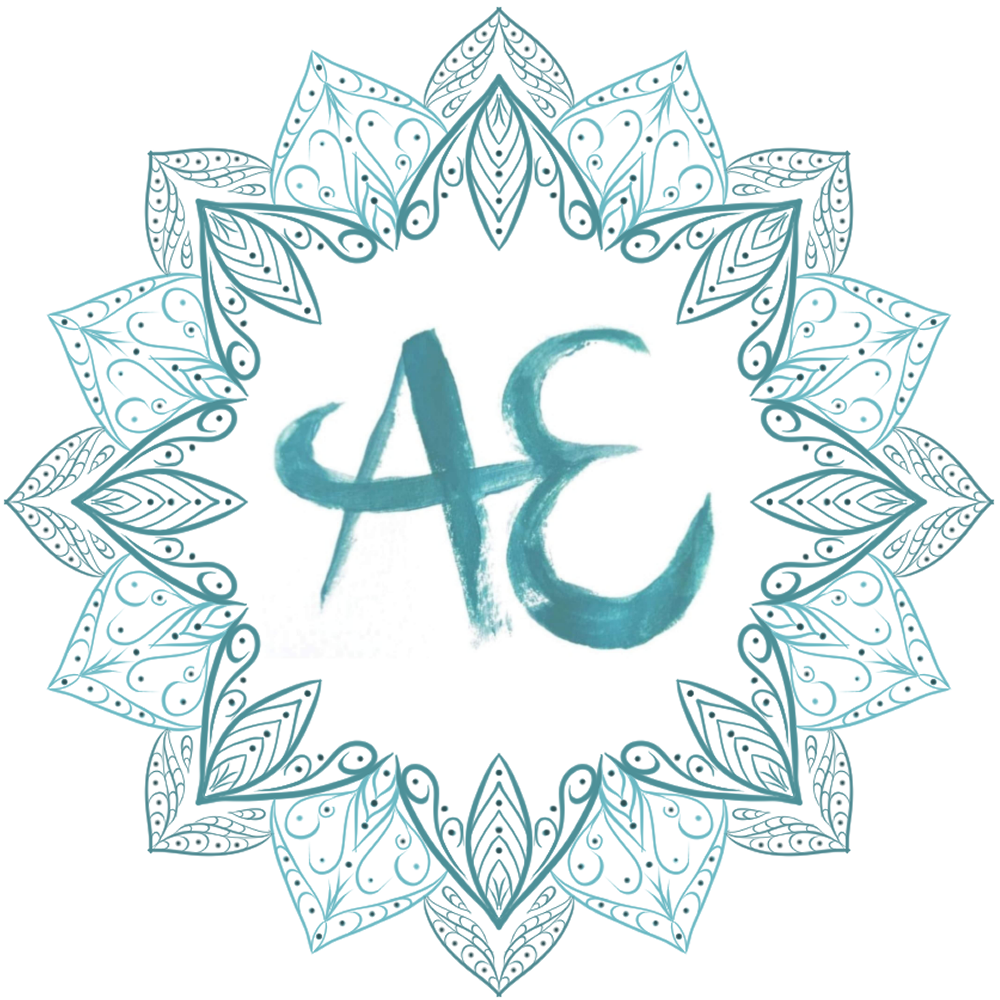Why is it so hard to be you? Can you remember who you were before the world told you who to be? Why do we look at the photo or video and not recognise ourselves? We ask, who am I given the idea that the sum of who I am is my body, my emotions, thoughts or memories? What am I doing here? Is the self constantly changing? Throughout this short blog, I hope to offer some interesting and seemingly contradictory views.
What would you say if it was suggested that ‘the self’ is the simply a concept? We only exist in relation to others, and until we honour that we will always feel something is missing. Our uniqueness is really a product of everyone and everything we have come into contact with. By not recognising this we can fall into the trap of selfishness.
And even though we may believe ‘the self’ is simply a concept, knowing who we are is actually the most important thing for us to know. In yoga philosophy, Asmita is one of the 5 obstructions to awareness. This obstruction is the creating a story about who we think we are. When we create a story it changes depending on what we are drawn to etc. Some of the identities we create for ourselves are in an effort to align with our true identity. Is this why we don’t recognise ourselves, or behave in a way that doesn’t align on a deeper level? Who is the self anyway? If we are trying to investigate, we might find there is no separate, independent, autonomous entity that we actually call the self.
Could it be that… The only narrative that leads us to freedom is that of no story. We otherwise live in a haze or deny our true self so we feel we are living out of alignment.
Another view is… to have a self-narrative that is healthy and part of this is knowing what gives life meaning for you/what are you doing to actualize this meaning. This is not a self centred meaning but rather responsive to the world and its changes. If we are clinging onto another narrative it can be like clinging onto log out at sea. Yoga is essentially the practice of looking into ourselves. When we loosen the hold on the stories, the true you gets strengthened. Happiness is knowing who you are at all times and in all circumstances.
Yoga + Philosophy On How To Be You
Sadhanas are the means that we use to identify the sense of awareness which removes confusion, narratives and longings that prevent us from knowing who we really are. Sadhanas peel the onion, allowing us to get to our core. These can be the practices such as yoga, meditation, forgiveness, gratitude, living a balanced life, patience, being a better listener, serving others amongst more. This is how we be ourselves.
Through yoga we can access a deep level of absorption and concentration (this is what Samadhi means) which leads to the insight and experience of our true nature. In the deepest level of samadhi, one gains knowledge of one's inner being or self.
By doing yoga, we gain an intimate relationship with our body, breath, mind, emotions and sense of purpose. By having a regular practice we begin to develop an awareness that's more dependable than the changing states we experience. This awareness leads towards the concept of the self.
Practically speaking, when it comes to figuring out who we are and what our purpose is, or body is an easy place to start. We can see it and feel it. By working with our bodies we also work with our mind, our heart and emotions at the same time. Asanas act as a container for the inner experience of the self to happen. Just like a river is a container for the steam of water, yoga is a container for the stream of self-knowing.
Just as the universe is a mystery, so are our bodies. Here, we can begin the investigation into the great mystery of being you. The way of establishing the mind in the self should be known as yoga. Yoga is the art of self-enquiry.
Many people have complex feelings about their bodies, with issues around image, aging, health and discomfort. A different relationship can start to emerge when we learn to use the body as a vehicle for training the mind. We move through the body without judgement, simply being with the body, and thus the practice of this can be quite liberating.
References:
One Simple Thing: Eddie Stern
A Monks Guide to Happiness: Gelong Thubten


